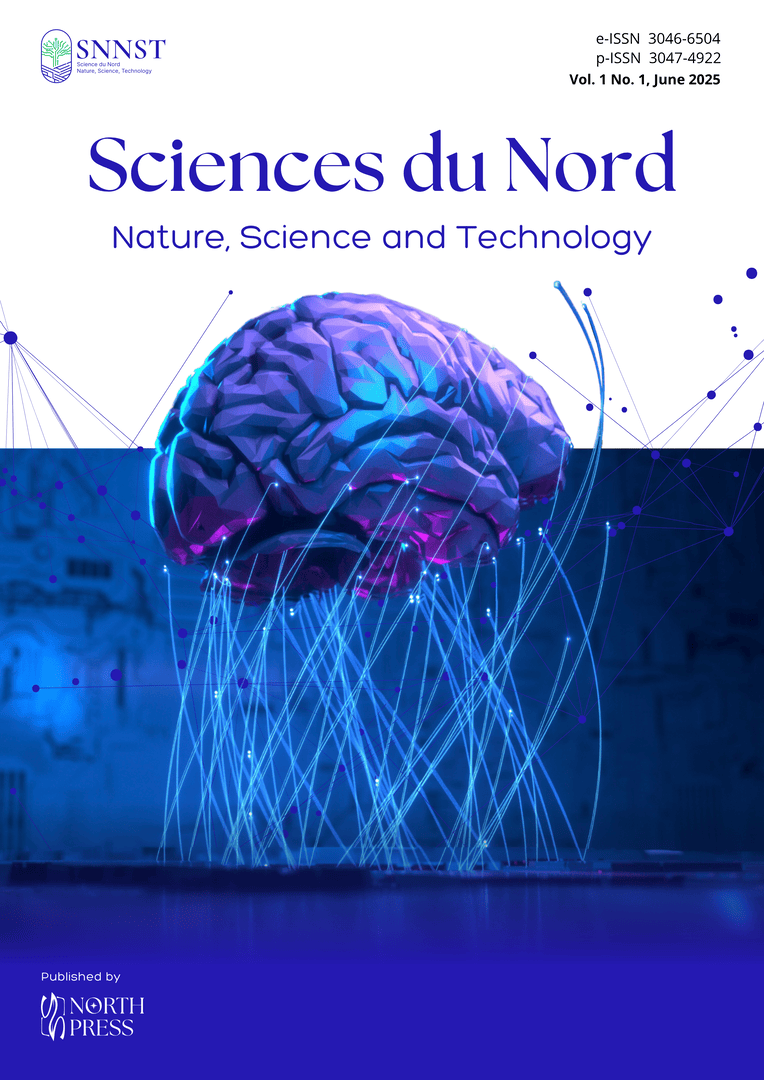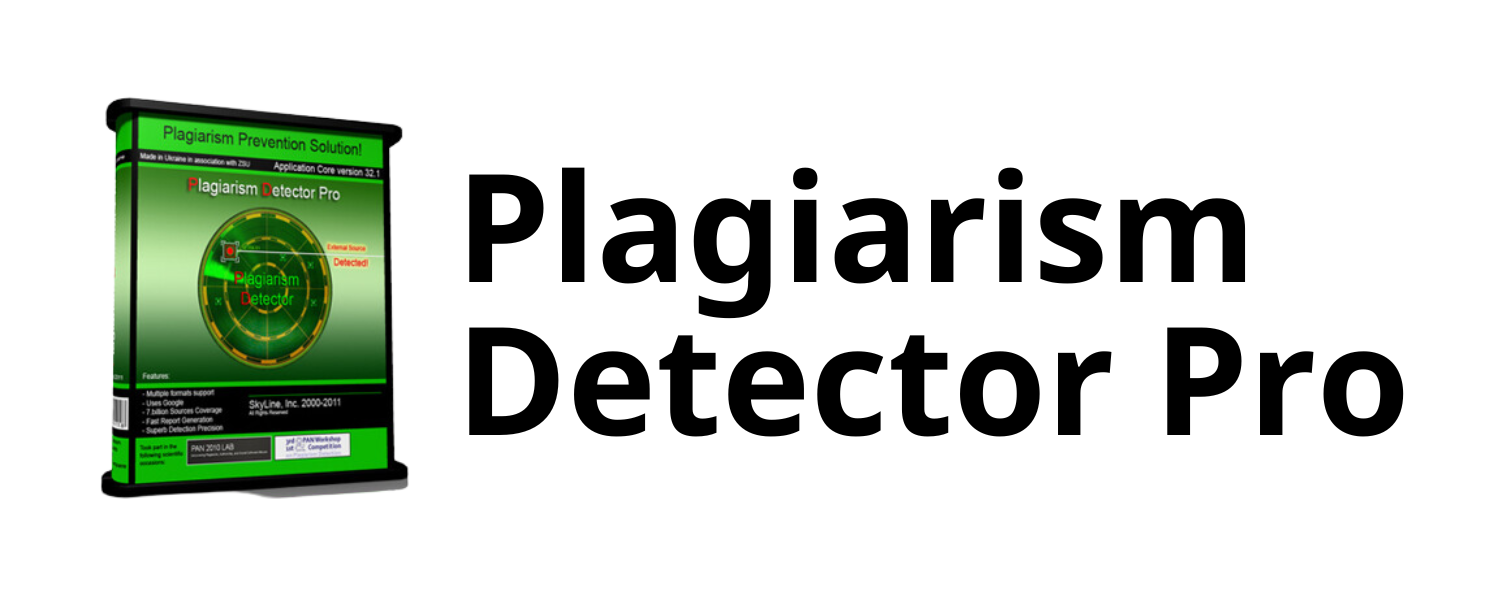Innovations in Clean Water and Desalination Technologies: A Bibliometric Analysis of their Impact on Public Health
DOI:
https://doi.org/10.71238/snnst.v2i01.66Keywords:
Desalination Technologies, Clean Water Innovation, Public Health, Bibliometric AnalysisAbstract
This study conducts a bibliometric analysis to explore the development and impact of clean water and desalination technologies, with a particular focus on their intersections with public health. As access to safe water becomes a global priority, understanding the intellectual structure and collaborative patterns in this research domain is essential for informed policy and innovation. Using the Scopus database and VOSviewer software, a dataset of publications from 2000 to 2024 was analyzed. Co-occurrence networks, temporal trends, density visualizations, and co-authorship mappings were generated to uncover thematic clusters, research evolution, and collaboration dynamics. The results show that desalination, solar energy integration, and membrane-based filtration are dominant themes, with a recent surge in renewable and low-energy technologies. The United States and China emerged as central contributors, with strong regional and international collaboration networks. However, explicit connections between water technologies and public health outcomes remain limited, signaling a need for greater interdisciplinary integration. The study underscores the importance of bridging engineering advancements with public health evaluation to ensure clean water technologies achieve their intended social and health impacts. It also provides a strategic roadmap for future research and policy-making aimed at enhancing sustainability and equity in water access.
Downloads
References
S. Wijewardane dan N. Ghaffour, “Inventions, innovations, and new technologies: Solar Desalination,” Sol. Compass, vol. 5, hal. 100037, 2023.
R. Kumar et al., “Phase change materials integrated solar desalination system: An innovative approach for sustainable and clean water production and storage,” Renew. Sustain. Energy Rev., vol. 165, hal. 112611, 2022.
D. M. Warsinger, “Desalination Innovations Needed to Ensure Clean Water for the Next 50 Years,” Bridg., 2020.
N. Ghaffour, S. Lattemann, T. Missimer, K. C. Ng, S. Sinha, dan G. Amy, “Renewable energy-driven innovative energy-efficient desalination technologies,” Appl. Energy, vol. 136, hal. 1155–1165, 2014.
K. Jlassi, M. A. Oturan, A. F. Ismail, dan M. M. Chehimi, Clean Water: Next Generation Technologies. Springer, 2024.
S. Eshkoraev, “Innovative methods in water purification: paving the way for sustainable clean water solutions,” J. Univers. Sci. Res., vol. 2, no. 11, hal. 458–463, 2024.
A. P. Yazyyev, A. Babahanov, dan G. Begenjova, “INNOVATIVE METHODS AND TECHNOLOGIES FOR WATER PURIFICATION: MODERN ACHIEVEMENTS, CHALLENGES AND PROSPECTS IN ENSURING ACCESS TO CLEAN DRINKING WATER,” Всемирный ученый, vol. 1, no. 24, hal. 321–325, 2024.
N. Voutchkov, “Disruptive Innovation In The Water Sector.,” Solut. a Sustain. Desirable Futur., vol. 11, no. 2, 2020.
A. Subramani dan J. G. Jacangelo, “Emerging desalination technologies for water treatment: a critical review,” Water Res., vol. 75, hal. 164–187, 2015.
N. Donthu, S. Kumar, D. Mukherjee, N. Pandey, dan W. M. Lim, “How to conduct a bibliometric analysis: An overview and guidelines,” J. Bus. Res., vol. 133, hal. 285–296, 2021.
M. A. Shannon, P. W. Bohn, M. Elimelech, J. G. Georgiadis, B. J. Mariñas, dan A. M. Mayes, “Science and technology for water purification in the coming decades,” Nature, vol. 452, no. 7185, hal. 301–310, 2008.
M. Gao, L. Zhu, C. K. Peh, dan G. W. Ho, “Solar absorber material and system designs for photothermal water vaporization towards clean water and energy production,” Energy Environ. Sci., vol. 12, no. 3, hal. 841–864, 2019.
R. Zhang et al., “Antifouling membranes for sustainable water purification: strategies and mechanisms,” Chem. Soc. Rev., vol. 45, no. 21, hal. 5888–5924, 2016.
X. Li et al., “Graphene oxide-based efficient and scalable solar desalination under one sun with a confined 2D water path,” Proc. Natl. Acad. Sci., vol. 113, no. 49, hal. 13953–13958, 2016.
M. A. Anderson, A. L. Cudero, dan J. Palma, “Capacitive deionization as an electrochemical means of saving energy and delivering clean water. Comparison to present desalination practices: Will it compete?,” Electrochim. Acta, vol. 55, no. 12, hal. 3845–3856, 2010.
G. M. Geise, H. Lee, D. J. Miller, B. D. Freeman, J. E. McGrath, dan D. R. Paul, “Water purification by membranes: the role of polymer science,” J. Polym. Sci. Part B Polym. Phys., vol. 48, no. 15, hal. 1685–1718, 2010.
W. Xu et al., “Flexible and salt resistant Janus absorbers by electrospinning for stable and efficient solar desalination,” Adv. Energy Mater., vol. 8, no. 14, hal. 1702884, 2018.
G. Ni, S. H. Zandavi, S. M. Javid, S. V Boriskina, T. A. Cooper, dan G. Chen, “A salt-rejecting floating solar still for low-cost desalination,” Energy Environ. Sci., vol. 11, no. 6, hal. 1510–1519, 2018.
K. Ebrahimi, G. F. Jones, dan A. S. Fleischer, “A review of data center cooling technology, operating conditions and the corresponding low-grade waste heat recovery opportunities,” Renew. Sustain. energy Rev., vol. 31, hal. 622–638, 2014.
Y. Yang et al., “Graphene-based standalone solar energy converter for water desalination and purification,” ACS Nano, vol. 12, no. 1, hal. 829–835, 2018.
Downloads
Published
Issue
Section
License
Copyright (c) 2025 Loso Judijanto (Author)

This work is licensed under a Creative Commons Attribution-ShareAlike 4.0 International License.











 Instagram
Instagram 